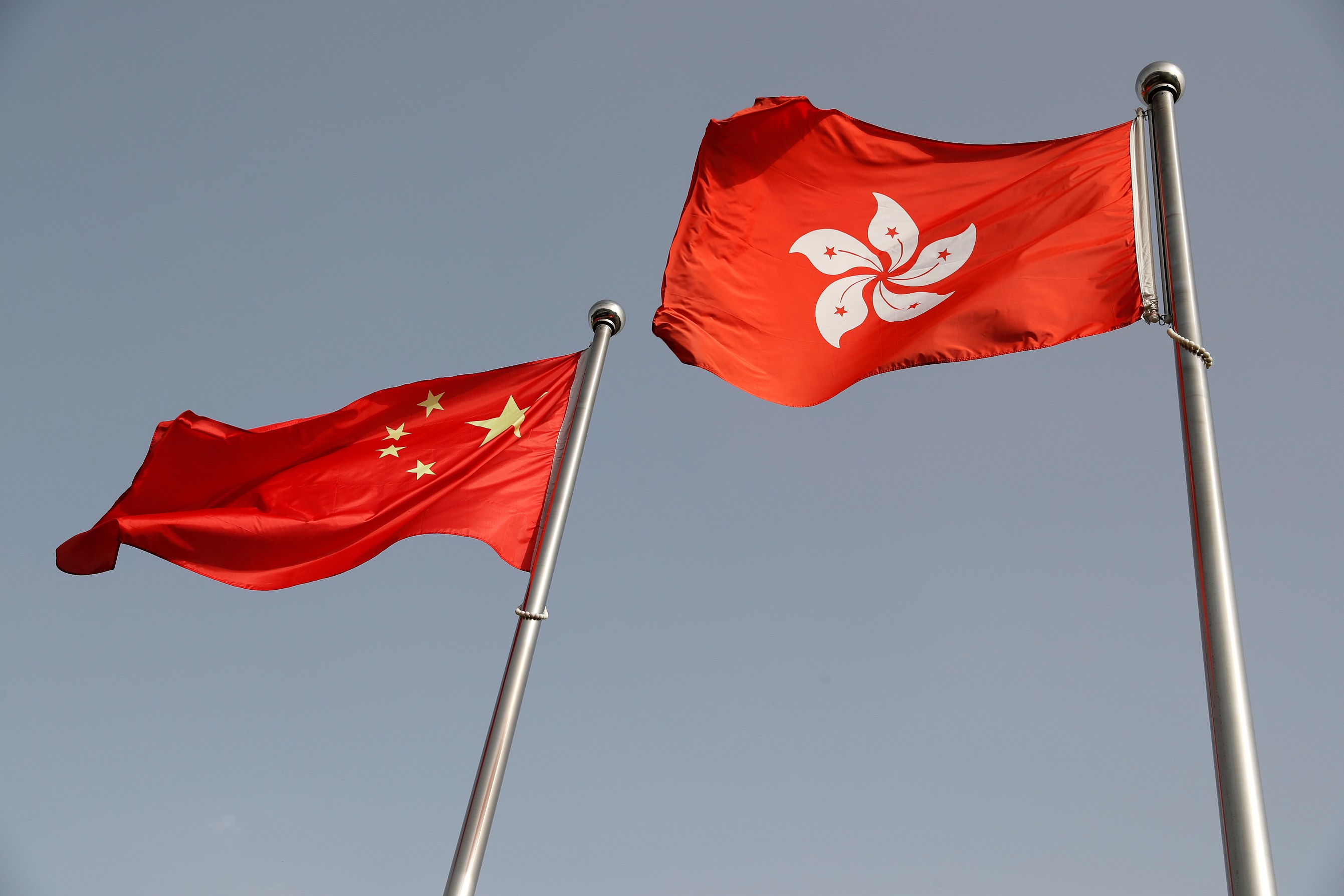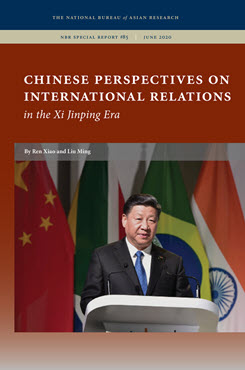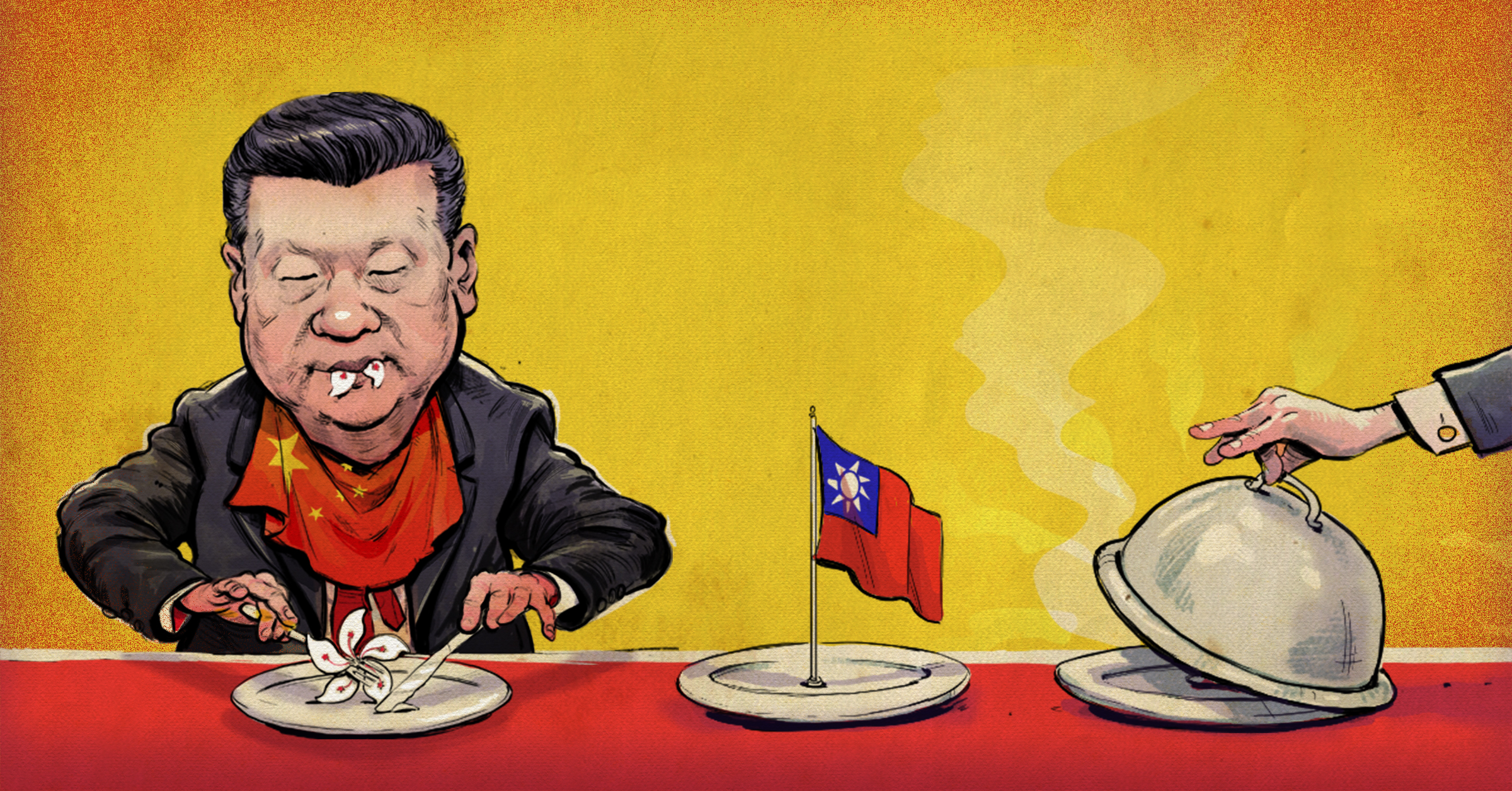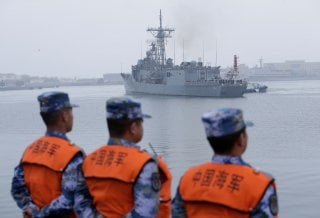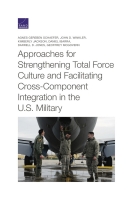This April 28, 2018 file picture shows Prime Minister Narendra Modi and Chinese President Xi Jinping interacting in a house boat, at East Lake, in Wuhan. | Photo Credit: AFP
When India abrogated Sections of Article 370 and separated Ladakh as a Union Territory from Jammu and Kashmir, China appears to have activated its plan-B, culminating in its latest intrusion
China’s latest intrusion in Ladakh, apparently to fortify Aksai Chin may have its roots in the Wuhan informal summit of 2018, after which, Beijing has juggled with a range of options to engage and restrain India to protect its core interests.
After the Wuhan informal summit between Prime Minister Narendra Modi and Chinese President Xi Jinping in April 2018, China activated the diplomatic track in order to arrive at an understanding with India on managing the shared interests of Beijing and New Delhi in their neighbourhood. This initiative was in tune with Beijing’s broader aspiration of expanding international support for its Eurasia-centered Belt and Road Initiative (BRI).
But just in case diplomacy did not work for many reasons, including India’s growing ties with the United States under the Indo-Pacific doctrine, a plan-B also began to take shape, with heavy reliance on Pakistan.



